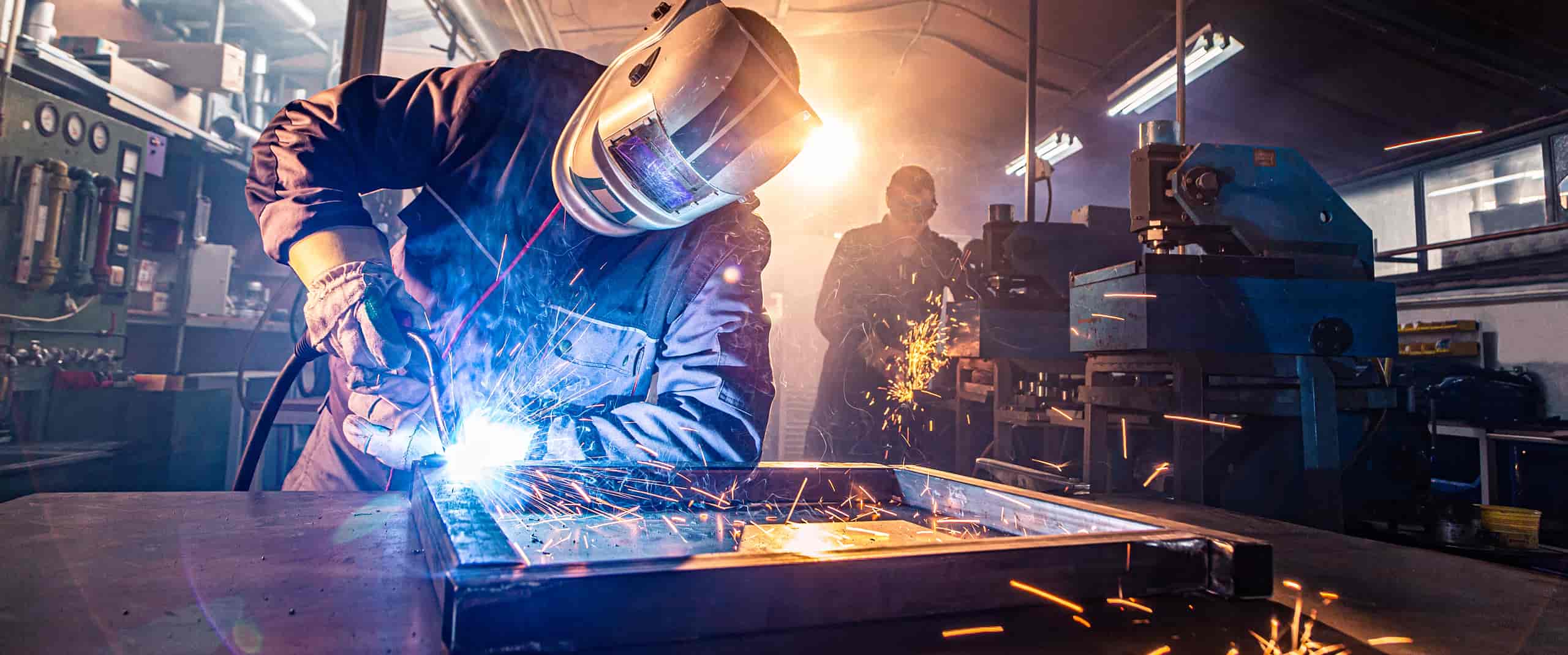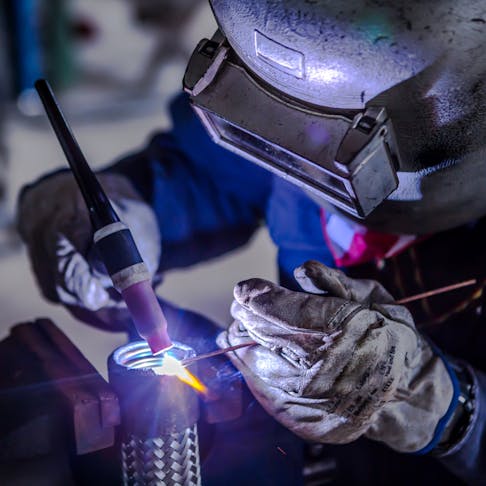The Ultimate Guide to Welding WPS Procedures: A Detailed Introduction for Welders
In the detailed world of welding, Welding Procedure Requirements (WPS) serve as the backbone of ensuring high quality, uniformity, and safety in welding operations (welding WPS). As we dig into the numerous components of a WPS and check out the ins and outs of certification and qualification, we will certainly discover the essential role these procedures play in the realm of welding.
Value of WPS Procedures
Comprehending the value of Welding Treatment Specs (WPS) procedures is essential for ensuring the top quality and stability of welded frameworks. WPS procedures function as a roadmap for welders, detailing the essential actions, specifications, and products needed to accomplish a sound weld. By sticking to WPS guidelines, welders can make sure consistency in their work, bring about reliable and structurally sound welds.
One of the main factors why WPS treatments are crucial is their role in maintaining weld top quality and integrity. Complying with the defined welding parameters and strategies detailed in the WPS aids stop flaws such as porosity, fracturing, or insufficient blend, which can compromise the strength and toughness of the weld.

Components of a WPS
A Welding Treatment Specification (WPS) commonly makes up essential parts that detail the specific needs for performing a weld, making sure consistency and top quality in the welding process. The vital parts of a WPS include necessary variables such as base steels, filler metals, interpass and preheat temperatures, welding procedures, securing gases, welding placements, and post-weld heat treatment requirements.
Base steels refer to the products being signed up with, while filler metals are utilized to load the void in between the base steels throughout welding. The welding procedure outlines the particular strategy to be made use of, whether it's gas metal arc welding (GMAW), shielded steel arc welding (SMAW), or one more technique. Welding positions specify the orientations in which welding can be performed.

Qualification and Certification
Having actually developed the vital elements of a Welding Procedure Specification (WPS), the focus now moves towards the vital elements of certification and qualification in welding methods.

Certification, on the other hand, is the formal acknowledgment of a welder's qualifications by an appropriate qualification body or organization. Welding accreditations are typically based upon the specific welding procedures, products, and placements a welder is qualified to collaborate with. Holding a legitimate welding qualification demonstrates that a welder fulfills industry requirements and is competent to do welding tasks to the required specs.
Developing a WPS
To develop a Welding Procedure Specification (WPS) that satisfies market criteria, mindful factor to consider of welding processes, materials, and functional specifications is important (welding WPS). The initial step in creating a WPS is to determine the welding process to be made use of, such as gas steel arc welding (GMAW) or shielded steel arc welding (SMAW) When the welding procedure is established, the following crucial aspect is selecting the proper products, considering aspects like base steel kind, density, and joint layout. Functional specifications such as welding present, voltage, traveling rate, and protecting gas make-up should likewise be thoroughly defined in the WPS.

Carrying Out and Checking WPS
Upon wrapping up the detailed Welding Treatment Requirements (WPS) that carefully information welding processes, products, functional specifications, and quality assurance measures, the focus moves to effectively carrying out and keeping an eye on the well-known treatments. Implementation includes guaranteeing that all welders entailed in the project are acquainted with the WPS and follow it meticulously during the welding procedure. Effective execution and monitoring of the WPS are important for ensuring the stability, toughness, and safety of the welded joints, eventually contributing to the overall success of the welding job.
Verdict
Finally, understanding and adhering to Welding Procedure Specifications (WPS) is crucial for welders to make certain high quality, uniformity, and safety and security in their work. By recognizing the parts of a WPS, acquiring appropriate credentials and accreditations, producing in-depth treatments, and implementing and monitoring them efficiently, welders can boost their abilities and efficiency in welding techniques. Abiding by WPS treatments is important for creating top notch welds and conference sector criteria.
In the intricate world of welding, Welding Procedure Specifications (WPS) serve as the foundation of ensuring quality, consistency, and safety in welding operations. The welding process outlines the specific technique to be used, whether it's gas metal arc welding (GMAW), shielded Full Report metal arc welding (SMAW), or an additional approach.To create a Welding Treatment Requirements (WPS) that satisfies market requirements, careful consideration of welding processes, materials, and functional parameters is essential. The initial action in developing a WPS is to determine the welding process to be used, such as gas metal arc welding (GMAW) or secured steel arc welding (SMAW)Upon wrapping up the detailed Welding Procedure Specification (WPS) that meticulously information welding procedures, products, functional specifications, and quality guarantee procedures, the emphasis moves to efficiently see this here implementing and monitoring the well-known procedures.